Photos: 'Lefty'-Shelled Snails Have 'Righty' Babies
Lookin' for Love
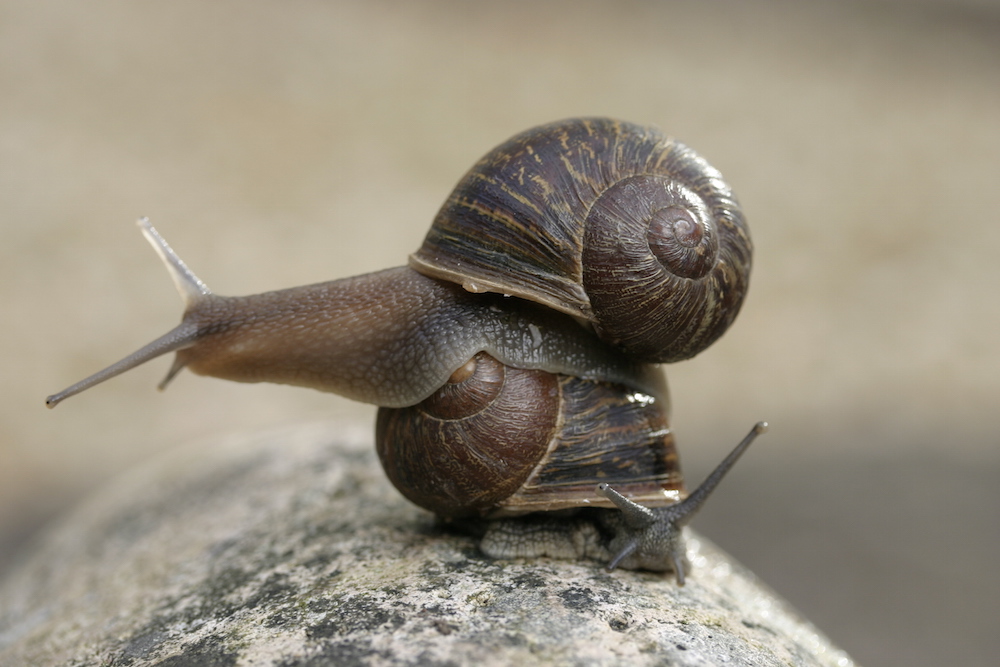
Jeremy is a rare snail, and despite many efforts by his caretakers, he is still looking for love.
Jeremy is a garden snail with left-spiraled shell, a trait that makes him one in a million. Lefty, or sinistral snails, can mate only with other lefties. However, in spite of a social media campaign that found two more "lefty" snails, Jeremy is still lonely. That's because the other two lefty snails hooked up, leaving Jeremy behind.
Luckily, researchers can still study the offspring of the lefty snails (hopefully, with Jeremy's blessing), so the scientists can determine whether this trait is inherited or a developmental glitch. [Read the full story on Jeremy's love saga and what it means for geneticists]
Star-crossed lovers?
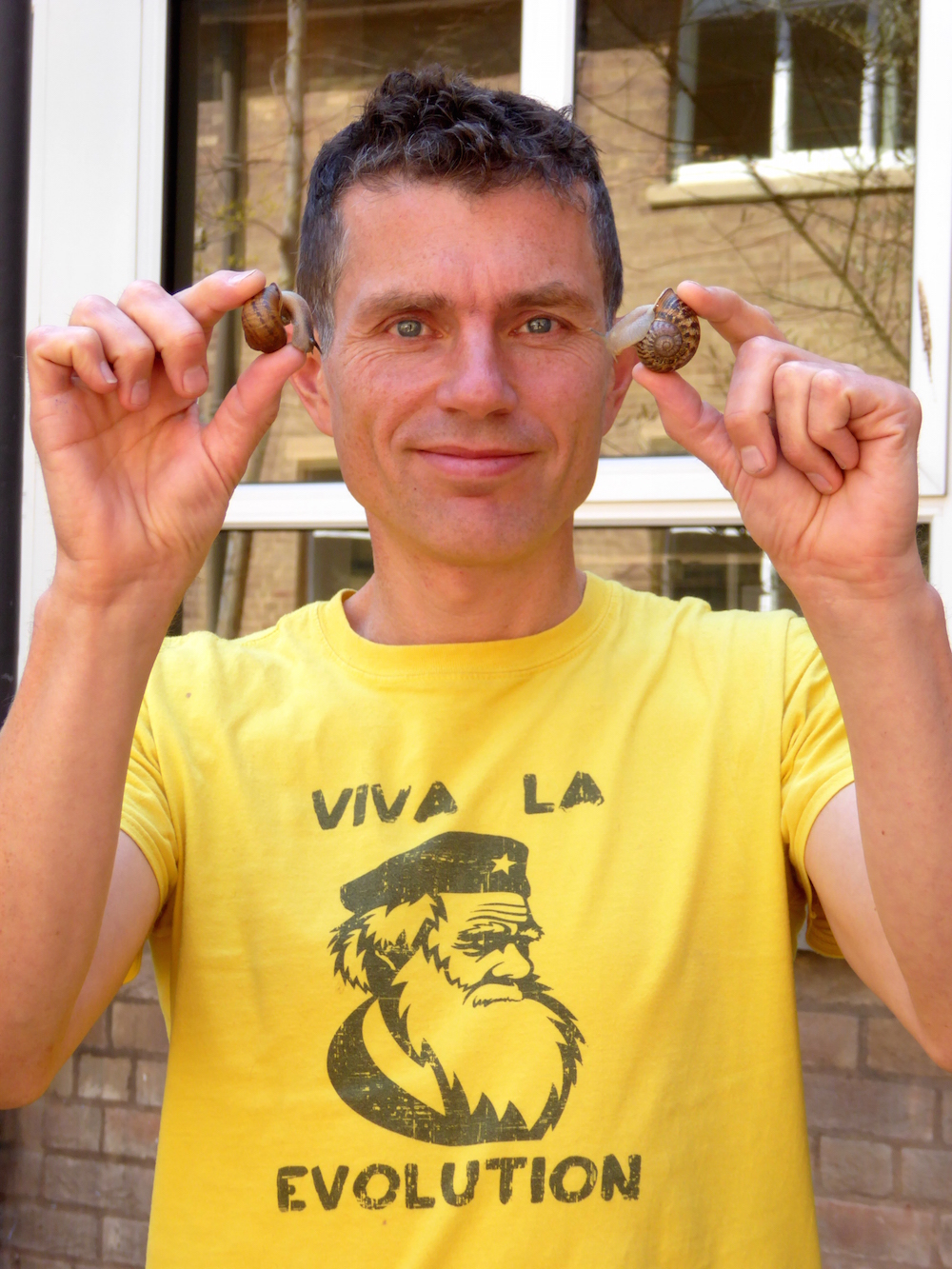
Angus Davison, an associate professor and reader in evolutionary genetics at the School of Life Sciences at the University of Nottingham in England, started a social media campaign with the hashtag #SnailLove to find Jeremy a lefty partner.
The campaign produced results. Two other lefty snails oozed forward: Lefty and Tomeu. Here, Davison holds Lefty and Jeremy.
Jeremy the snail

The saga started with Jeremy (top), a snail with a left-spiraled shell. Jeremy is named after British politician Jeremy Corbyn, who likes to garden.
Snail love
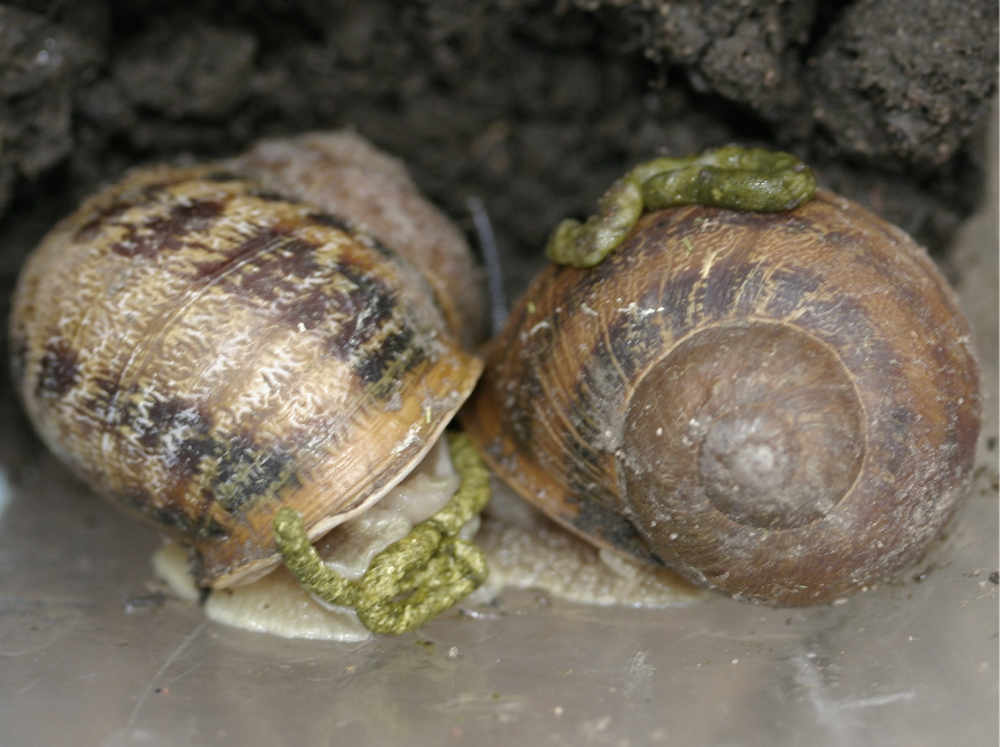
Unfortunately for Jeremy, Lefty and Tomeu shacked up together. The green material is snail poo, Davison said.
Mating snails
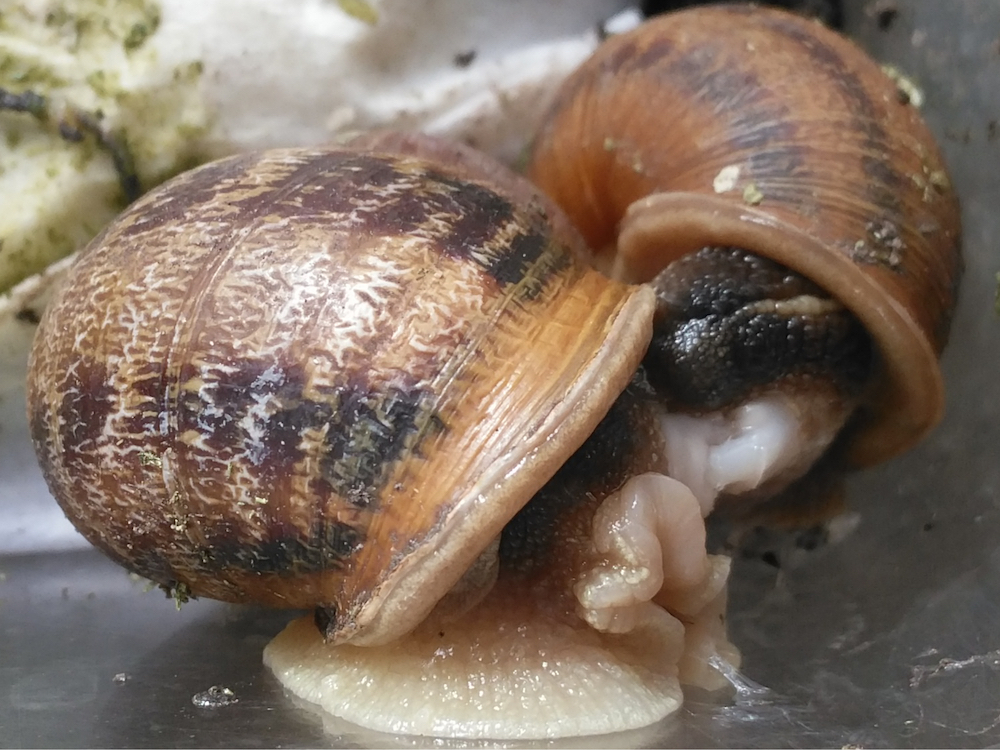
Lefty and Tomeu mated three times, resulting in three batches of eggs.
Snail eggs
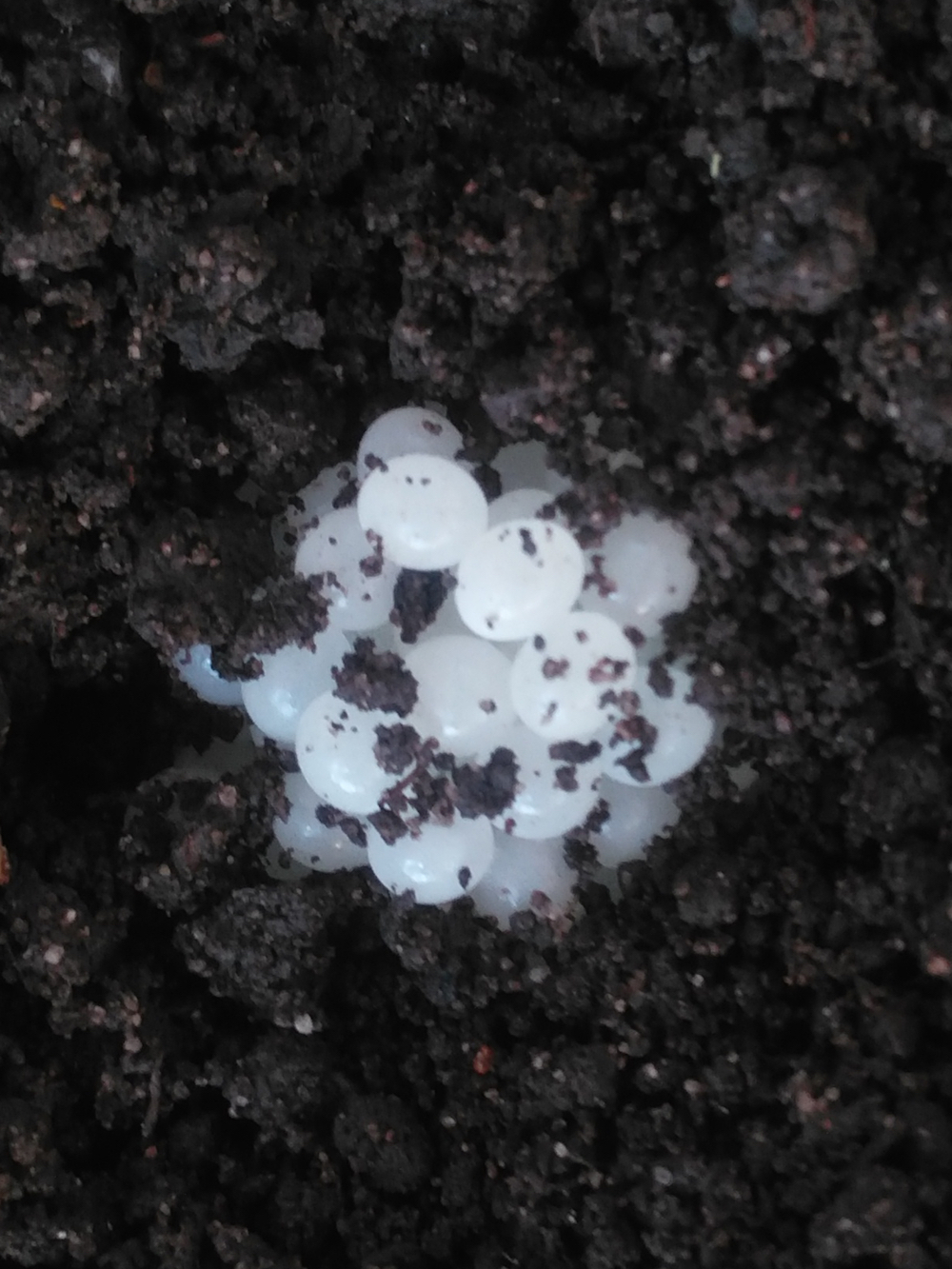
A close-up view of the tiny snail eggs from Lefty and Tomeu
Hatching snails
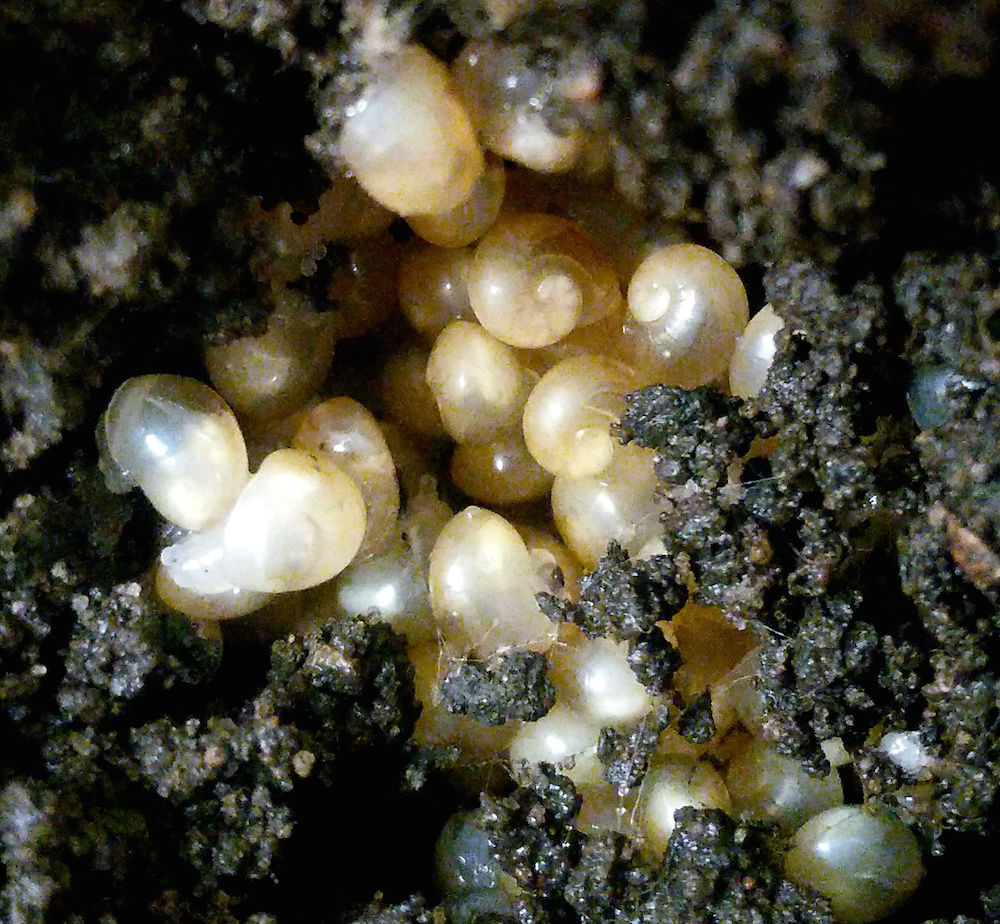
The offspring hatched out of the eggs about one week after they were laid. All of them had righty, or dextral-spiraling shells.
Sign up for the Live Science daily newsletter now
Get the world’s most fascinating discoveries delivered straight to your inbox.
Tiny babes
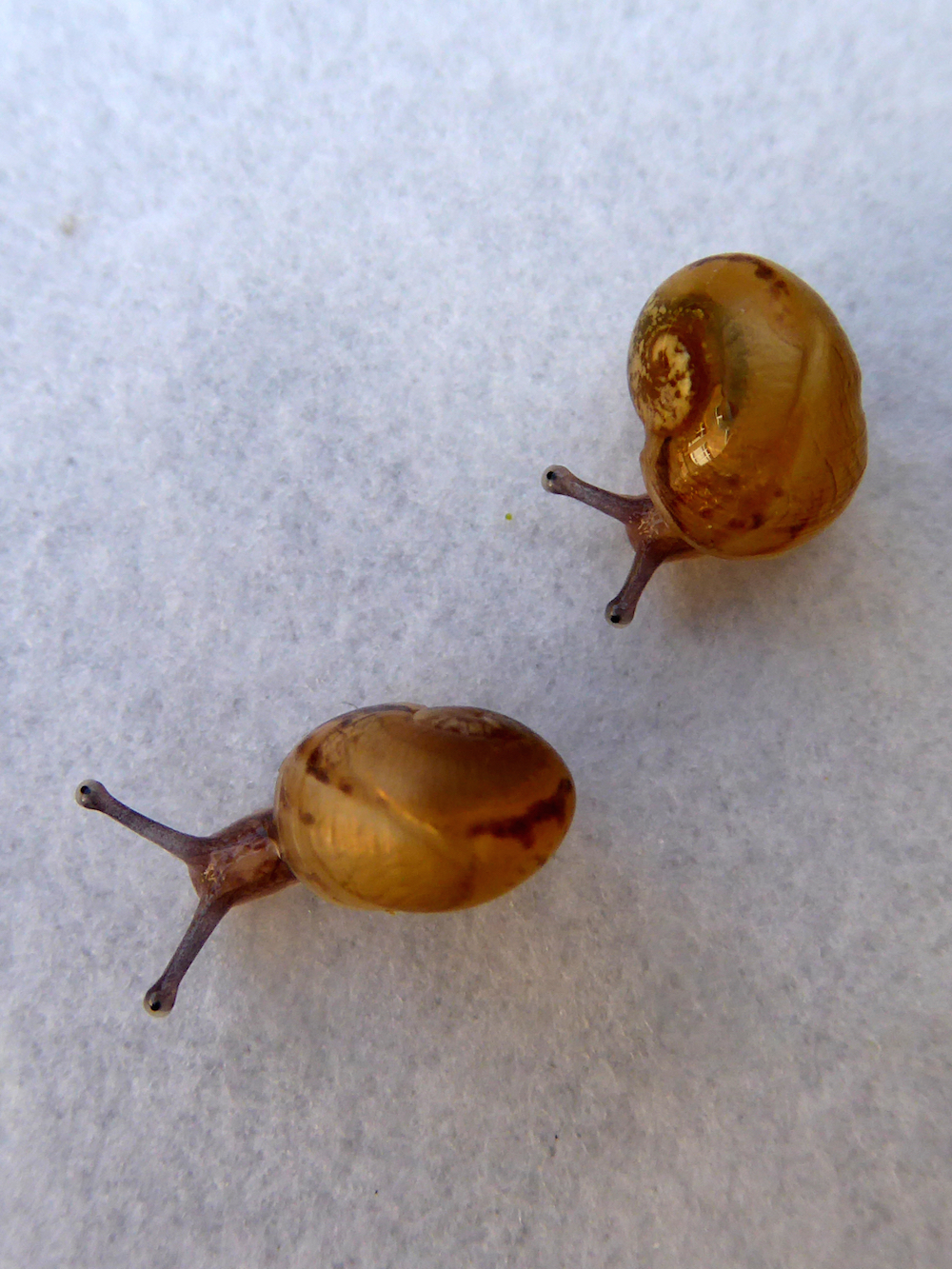
Two of the dextral snail babies.
Lefty, their mother, influenced their shell spiral through a phenomenon known as maternal to zygotic transition (MZT). The mother's egg doesn't contain just DNA, but also cytoplasm, proteins and other components carrying her genetic signature. Early in development, the mother's genetics can influence the baby's growth.
MZT can influence egg color in birds. It can also influence the direction of shell coil in snails, Davison said.
Mom time
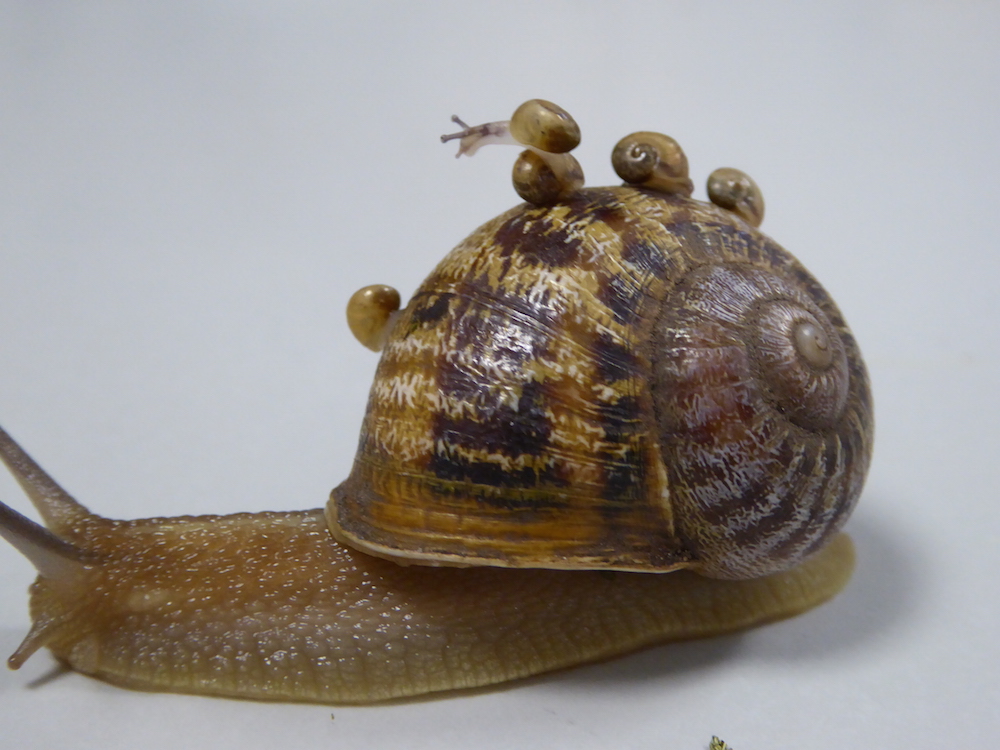
Tomeu spends some quality time with her babies. Snails are hermaphrodites, and so Tomeu happened to father another batch of eggs, Davison said.
Jeremy and baby
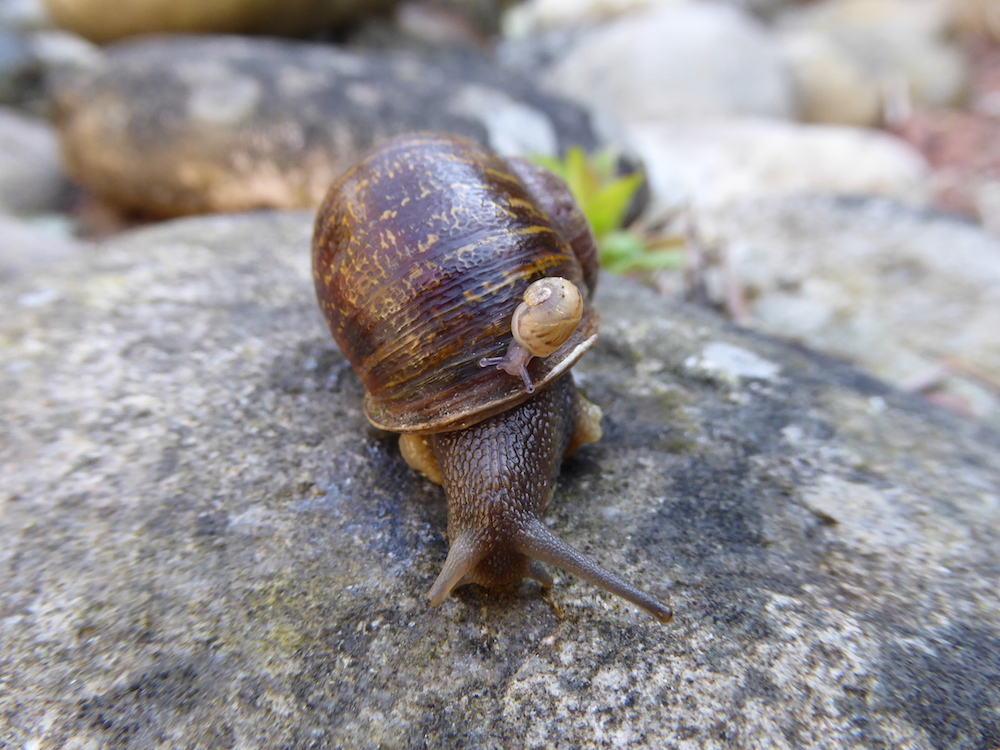
A dextral baby hitches a ride on Jeremy's shell. The researchers said they hope to learn what gene in garden snails influences shell coil. This may help scientists understand what genes (if any) influence organ misplacement in humans, Davison said. [Read the full story on Jeremy's love saga and what it means for geneticists]

Laura is the archaeology and Life's Little Mysteries editor at Live Science. She also reports on general science, including paleontology. Her work has appeared in The New York Times, Scholastic, Popular Science and Spectrum, a site on autism research. She has won multiple awards from the Society of Professional Journalists and the Washington Newspaper Publishers Association for her reporting at a weekly newspaper near Seattle. Laura holds a bachelor's degree in English literature and psychology from Washington University in St. Louis and a master's degree in science writing from NYU.










